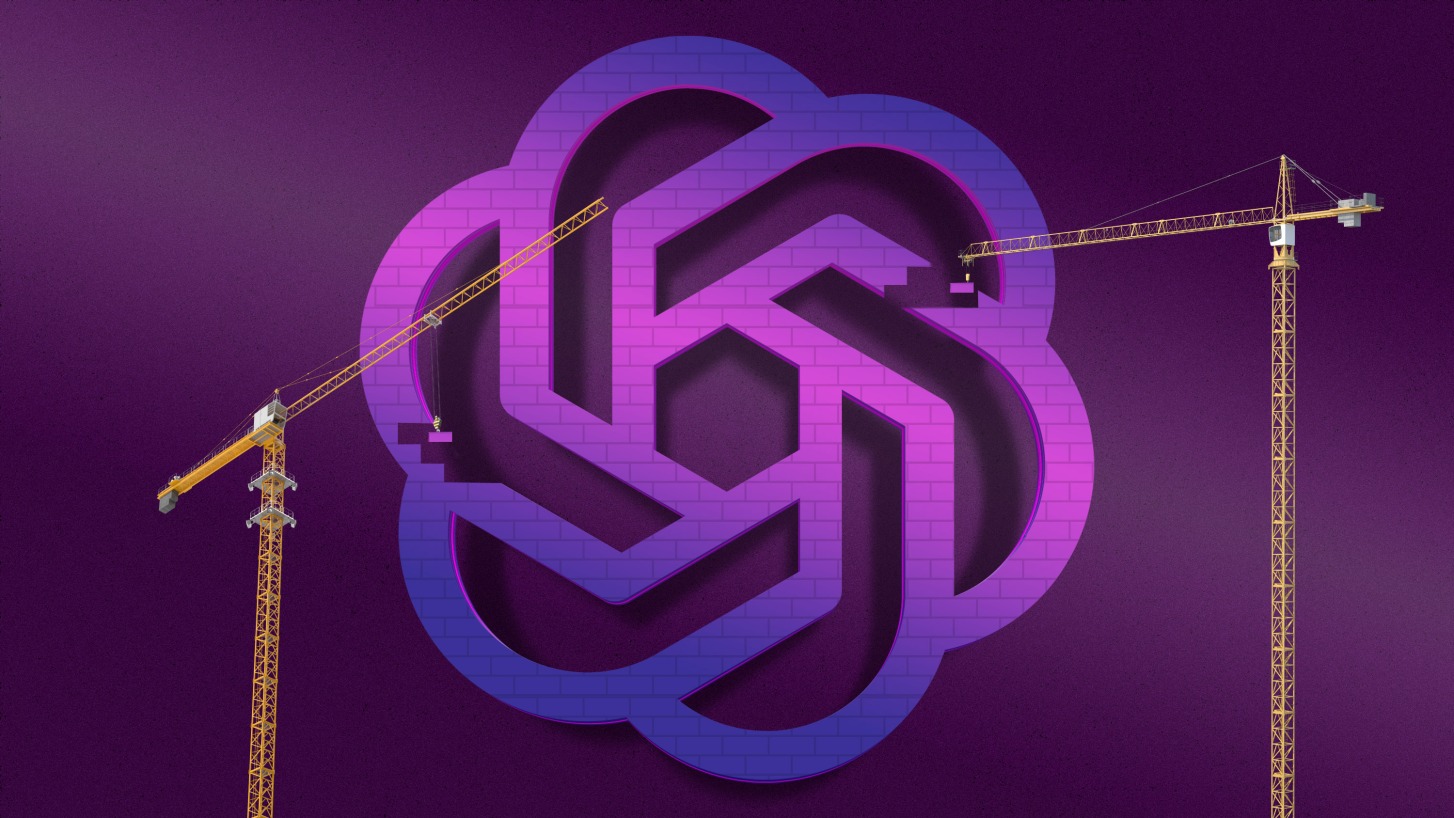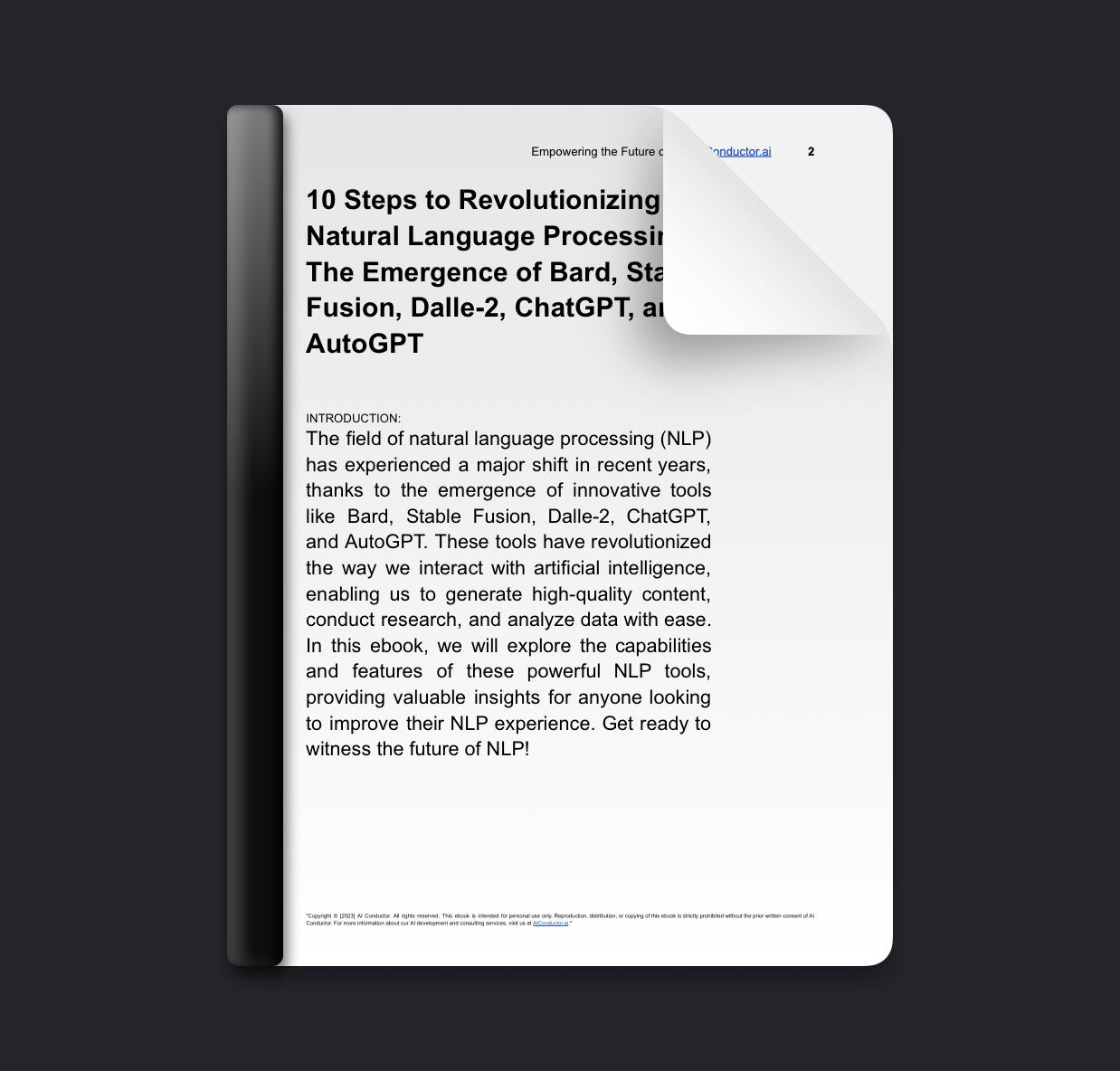We asked:
What would be the implications of having an AI system like ChatGPT become too powerful, and how can we ensure that it remains under our control?
The Gist:
This article from Technology Review explores the development of OpenAI’s ChatGPT, an open-source natural language processing (NLP) model. The article draws on interviews with the OpenAI team and other experts in the field to provide an inside look at the development of ChatGPT. The research reveals that the model was developed to improve natural language understanding for conversations and dialogues, and to facilitate the development of more advanced NLP applications. To develop ChatGPT, OpenAI used a combination of machine learning and natural language processing techniques, such as transfer learning and fine-tuning. The model was trained on large datasets of conversations, and evaluated using standard NLP metrics. The results showed that ChatGPT outperformed existing models in terms of accuracy and speed. Overall, the research shows that ChatGPT is a powerful tool for natural language understanding, and can be used to develop more advanced NLP applications.

Decoded:
For many in the tech world, OpenAI has become a sort of legend: a research and development lab created in 2015 with the bold mission of advancing artificial intelligence to benefit humanity. For years, the company has released impressive software packages and made progress on its long-term objectives, but few understand the challenges, struggles, and triumphs that were required for its success.
In a recent oral history, Technology Review dives deep into the story of how OpenAI was created, how its teams operate, and how major projects like ChatGPT were developed from the idea stage to reality. As a case study, the oral history explores the problems, successes, and lessons of creating a major AI project and offers up a first-hand view of the AI research world.
The chronology starts with an introduction to the founding of OpenAI, spearheaded by world-renowned philanthropists Elon Musk and Sam Altman. Both men believed that AI technology has the power to revolutionize the world, and they wanted to use it in positive and productive ways. The goal was to learn, research, and share the potential of AI and the team that was assembled included many pioneers in the field, like Yann LeCun and Greg Brockman.
From there, the narrative progresses to the construction of ChatGPT, an experimental,data-driven conversation AI system. This was the first major project that stood up at OpenAI, and it set the tone for all of the successes that would follow. The team worked tirelessly to build the system, using a combination of cutting-edge algorithms, careful engineering, and massive amounts of data.
The process to build ChatGPT was an arduous journey, and the Tech Review article highlights the various attributes, challenges, and tradeoffs teams faced along the way. For example, one team tasked with creating natural language understanding algorithms was able to create an impressive system, but only by expending time and resources on the back-end to reduce learning curves and reduce infrastructure costs. This allowed the team to move faster and more efficiently, and eventually launch their product.
The oral history also highlights several other projects at OpenAI, all of which demonstrate the potential of using their tools and research to positively influence the world. For example, a team of research scientists developed an open-source library that allowed developers to quickly and easily build machine learning models for a variety of applications.
The Tech Review article concludes with a lesson for other AI research teams, describing how to remain resilient and committed to their mission. The key, it emphasizes, is to stay laser-focused on the project's goals and prioritize experimentation and innovation throughout the process.
The OpenAI oral history has much to teach us about the challenges that come with pioneering a massive project like ChatGPT, and the commitment and dedication required to create something that has the potential to revolutionize fields as varied as healthcare, transportation, and food production. As AI continues to change our lives, understanding the process and lessons of OpenAI is key to successful implementation of technology.
In a recent oral history, Technology Review dives deep into the story of how OpenAI was created, how its teams operate, and how major projects like ChatGPT were developed from the idea stage to reality. As a case study, the oral history explores the problems, successes, and lessons of creating a major AI project and offers up a first-hand view of the AI research world.
The chronology starts with an introduction to the founding of OpenAI, spearheaded by world-renowned philanthropists Elon Musk and Sam Altman. Both men believed that AI technology has the power to revolutionize the world, and they wanted to use it in positive and productive ways. The goal was to learn, research, and share the potential of AI and the team that was assembled included many pioneers in the field, like Yann LeCun and Greg Brockman.
From there, the narrative progresses to the construction of ChatGPT, an experimental,data-driven conversation AI system. This was the first major project that stood up at OpenAI, and it set the tone for all of the successes that would follow. The team worked tirelessly to build the system, using a combination of cutting-edge algorithms, careful engineering, and massive amounts of data.
The process to build ChatGPT was an arduous journey, and the Tech Review article highlights the various attributes, challenges, and tradeoffs teams faced along the way. For example, one team tasked with creating natural language understanding algorithms was able to create an impressive system, but only by expending time and resources on the back-end to reduce learning curves and reduce infrastructure costs. This allowed the team to move faster and more efficiently, and eventually launch their product.
The oral history also highlights several other projects at OpenAI, all of which demonstrate the potential of using their tools and research to positively influence the world. For example, a team of research scientists developed an open-source library that allowed developers to quickly and easily build machine learning models for a variety of applications.
The Tech Review article concludes with a lesson for other AI research teams, describing how to remain resilient and committed to their mission. The key, it emphasizes, is to stay laser-focused on the project's goals and prioritize experimentation and innovation throughout the process.
The OpenAI oral history has much to teach us about the challenges that come with pioneering a massive project like ChatGPT, and the commitment and dedication required to create something that has the potential to revolutionize fields as varied as healthcare, transportation, and food production. As AI continues to change our lives, understanding the process and lessons of OpenAI is key to successful implementation of technology.

Essential Insights:
Three-Word Highlights
Chatbot, AI, OpenAI
Winners & Losers:
Pros:
1. ChatGPT is an incredible breakthrough in AI technology that can generate realistic conversations in a variety of topics.
2. It has the potential to revolutionize customer service and other industries by providing more natural conversations.
3. It is open source, meaning that anyone can use it to create their own AI applications.
Cons:
1. ChatGPT is still in its early stages and has limited capabilities.
2. It requires a lot of data to generate accurate conversations, which can be difficult to obtain.
3. It is still very expensive to use, limiting its use to those with the financial means.
Bottom Line:
The bottom line is that OpenAI's ChatGPT project has revolutionized the field of natural language processing, allowing us to communicate with machines in a more natural way. The project has opened up new possibilities for AI-driven conversations, and has the potential to revolutionize the way we interact with technology. It's an incredible example of the power of collaboration between researchers, engineers, and product teams, and shows the potential of what can be achieved when working together.
Ref.





